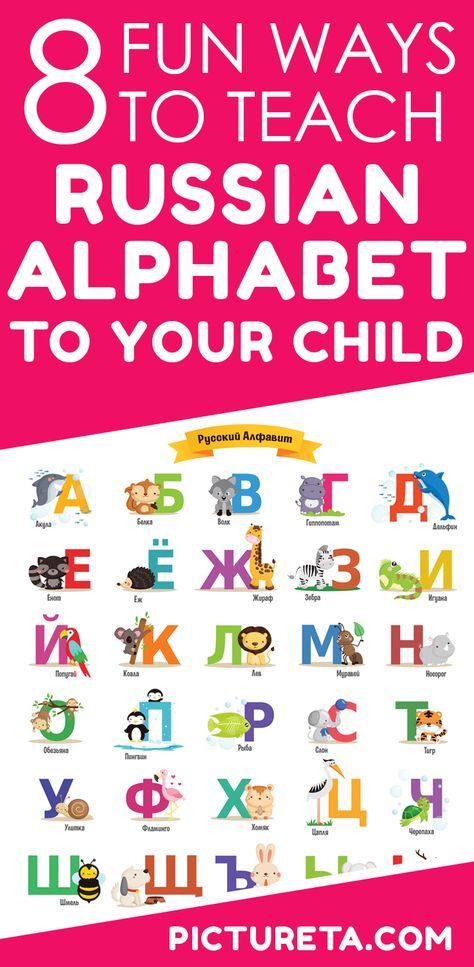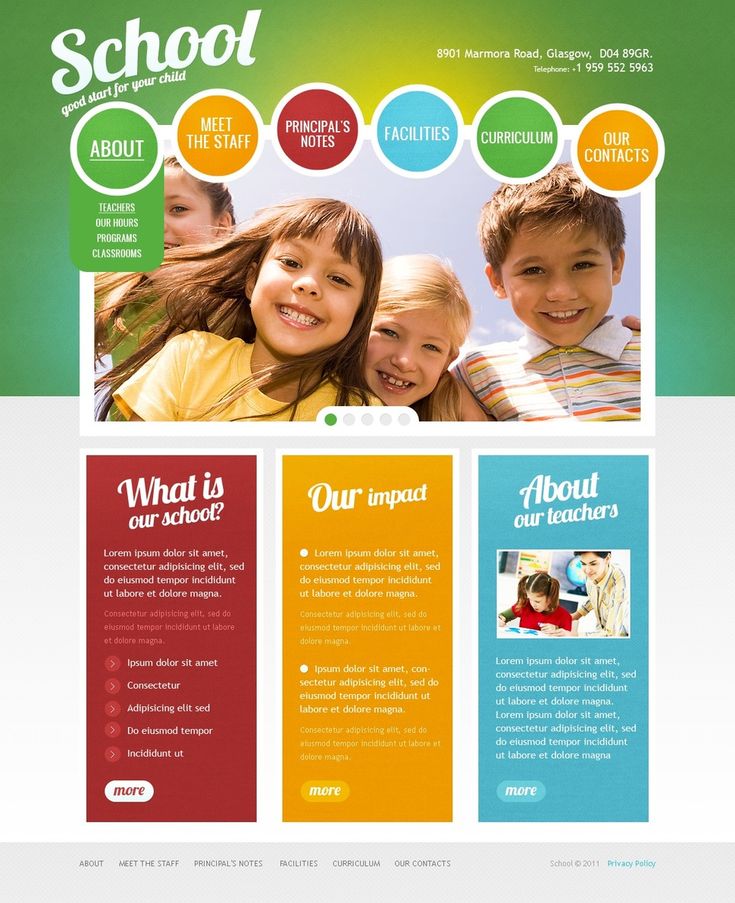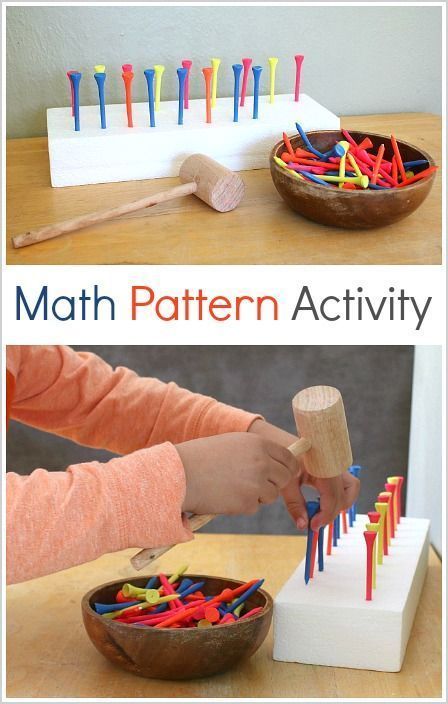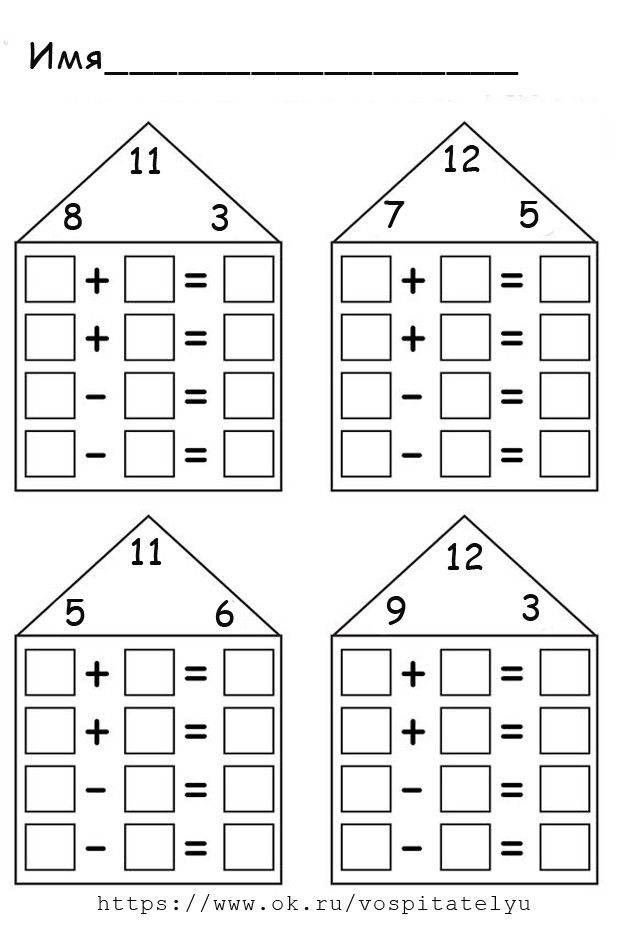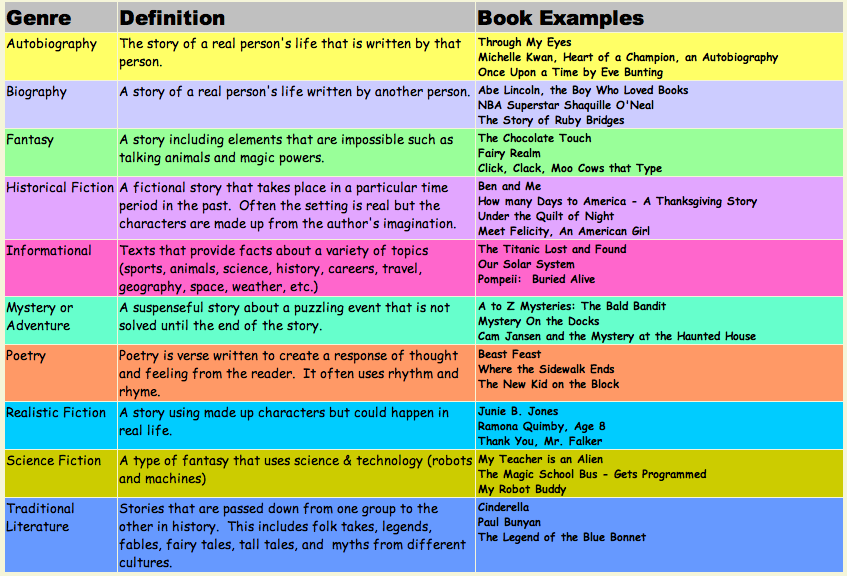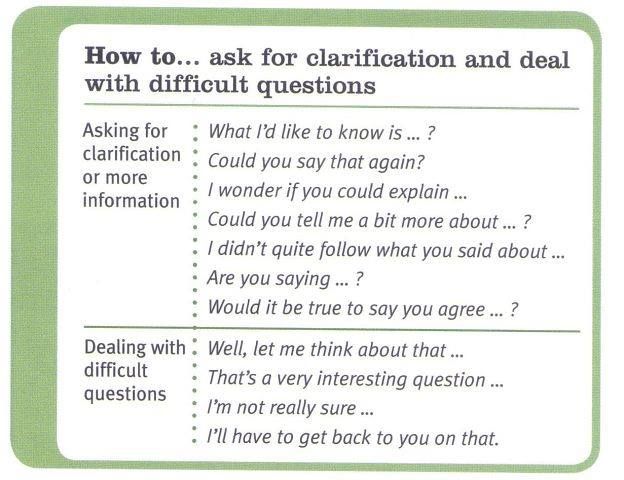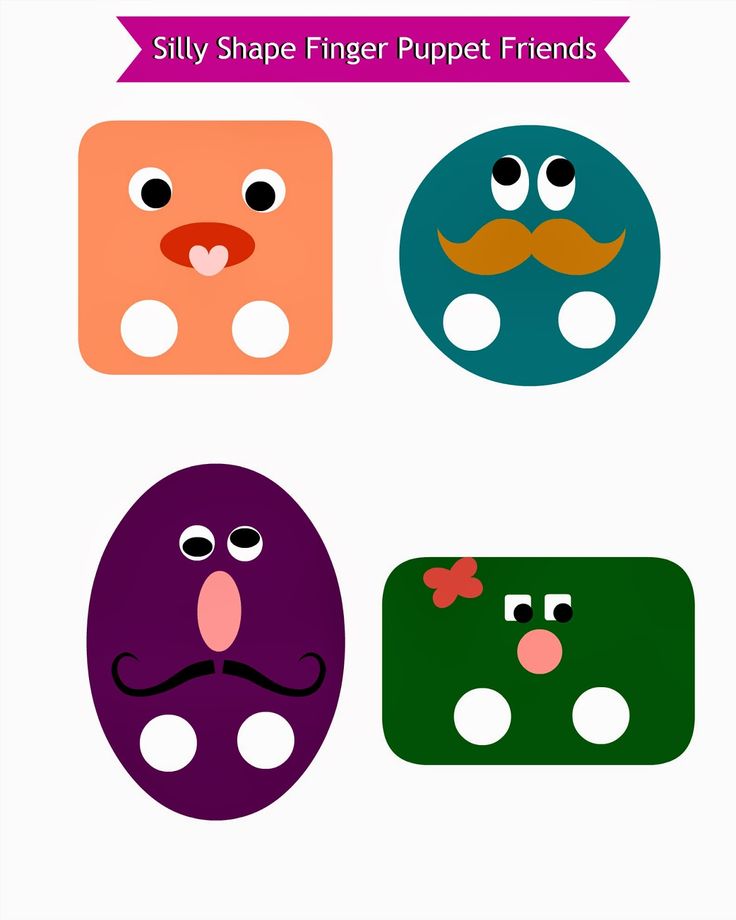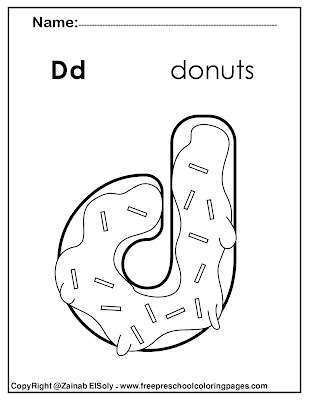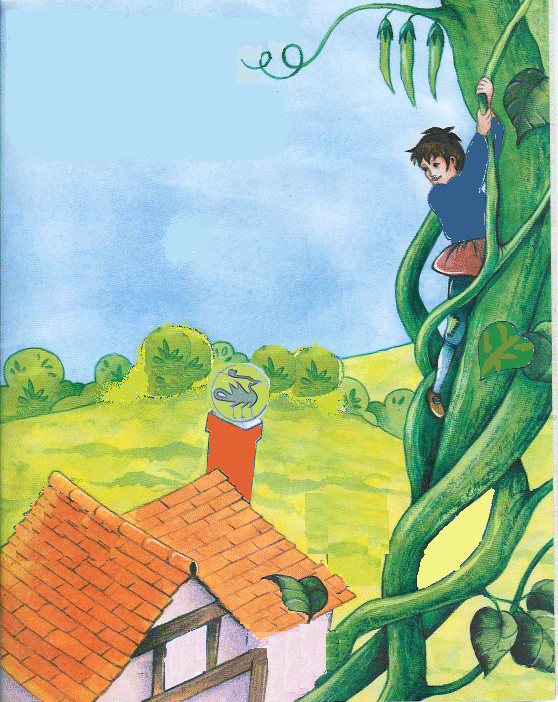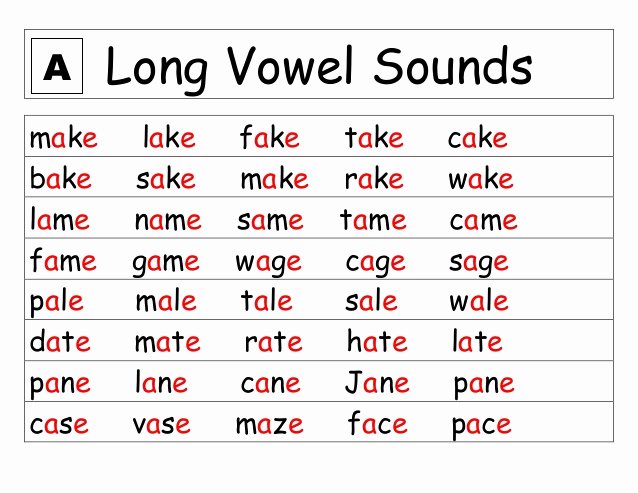Learn alphabet kids
5 Ways to Teach the Alphabet
Disclosure: This post contains affiliate links to Amazon. See my disclosure for details.
Teaching the alphabet is foundational for reading and writing. Around the age of 2, children begin showing interest in learning alphabet letters. While some kids learn letters very quickly, others need more repetition and time to learn letters. Today I’m going to share with you some of my favorite ways to teach the alphabet to little ones.
Here’s what a preschooler should know before kindergarten:
- Recite/sing the alphabet
- Identify uppercase letters
- Identify lowercase letters
- Match uppercase letters to lowercase letters
- Identify the sounds each letter makes
- Traces letters
- Write some alphabet letters
Here are my five favorite ways to teach the alphabet to children.
1. Read Alphabet Books
Read all sorts of alphabet books to your children, even starting as babies. The repetition will really help your child learn the alphabet at a young age. When my oldest was born, I was surprised at how many alphabet books we had been given as gifts. We loved reading all of them because they were different from each other. I found that around 18 months both my kids really started enjoyed reading alphabet books. Here are a few of our alphabet books:
Here are some of our favorite alphabet books.
The Three Bears ABCChicka Chicka Boom Boom (Board Book)Eating the AlphabetThe Farm Alphabet BookG is for GoatHarold’s ABC (Purple Crayon Book)I Stink! (Kate and Jim Mcmullan)Bad KittyThe Letters Are Lost!AlphaOops!: The Day Z Went FirstZ Is for Moose (Booklist Editor’s Choice. Books for Youth (Awards))Q Is for Duck: An Alphabet Guessing GameABC T-RexWork: An Occupational ABC
2. Sandpaper Letters
Using sandpaper letters is a great way to introduce letters to children. My favorite ones are Didax Sandpaper Tracing Letters or School Supply Tactile Letters Kit.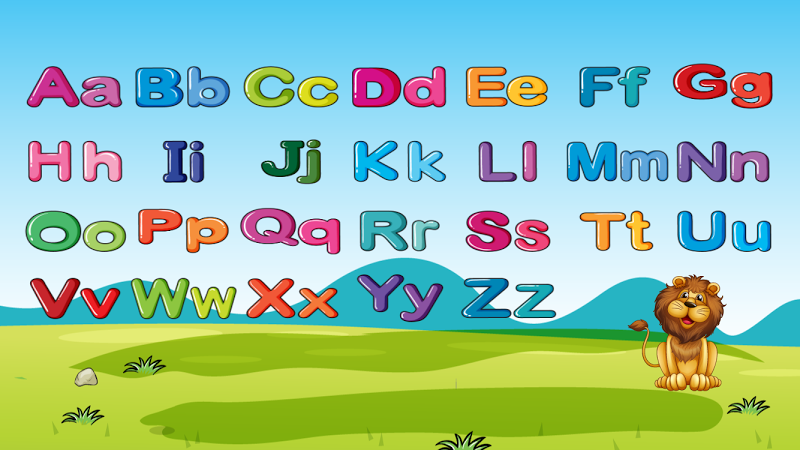 This is a perfect pre-writing activity because children use their finger to trace the sandpaper letters. I love that the cards tell the child where to start and which direction to go.
This is a perfect pre-writing activity because children use their finger to trace the sandpaper letters. I love that the cards tell the child where to start and which direction to go.
Sandpaper letters are part of the Montessori approach to learning how to read. These letters provide a tactile and visual way to help children learn the alphabet. In the Montessori method, you teach letters to a child in the 3-period lesson.
1st period is introducing the letter (“this is” period). Show your child the letters. Have them trace the sandpaper letters. The best way to teach children alphabet letters is by telling them their phonetic sound. So each time they trace the letter, say the phonetic sound.
2nd period is association (“show me” stage). Ask your child to follow simple directions with the letters. For example, please pick up the /m/ and set it by the window. Continue to do this with each letter several times to reinforce this.![]() If it is too difficult, return to the first period.
If it is too difficult, return to the first period.
3rd period is recall (“what is this?” period). Only go to this period when they’ve mastered the other two periods. Put a letter in front of the child and say “Can you trace this and tell me what it is?” Continue with the other letters in the same way.
When you use these sandpaper letters, you are teaching them 3 things: the shape of letters, the feel of its shape and how its written, and how you pronounce its sound.
3. Alphabet Puzzles
I think teaching letters with alphabet puzzles are an amazing tool for teaching the alphabet. This is my favorite puzzle, from Melissa and Doug. It’s a beautiful wooden puzzle with neat pictures. This is a great way to practice vocabulary and verbal skills, too.
4. Sensory Activities
While some kids learn letters very quickly, others need more repetition and time to learn letters. I’ve always said that children learn best when they have many multisensory experiences with letters.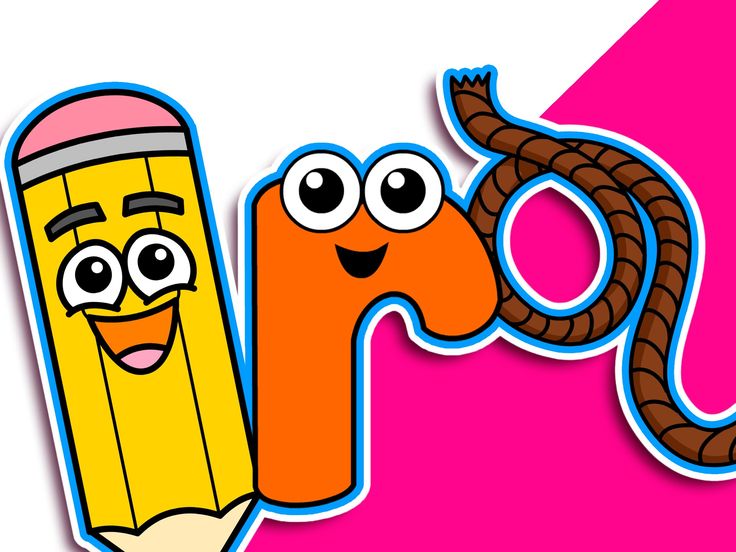
I love to incorporate sensory play into learning alphabet letters. When children have meaningful activities with repeated exposure, they start to pick up on letter names. One way is this alphabet ice excavation activity.
You could also make a sensory bin and do an uppercase and lowercase matching activity, like this one.
Or practice writing letters in the sand, like this sensory writing tray.
5. Alphabet Printables
I have quite a few alphabet printables on my blog, but here are is a set that is easy and fun for preschoolers. You will need Do a Dot Markers or dot stickers to fill in the circles.
I love pulling printables out for a quick and easy activity. I’m always advocating for hands-on learning, but sometimes it’s nice to do a few paper activities. Using Do a Dot markers or dot stickers is great for hand-eye coordination and fine motor skills.
If you’d like to download this printable, just click the button below.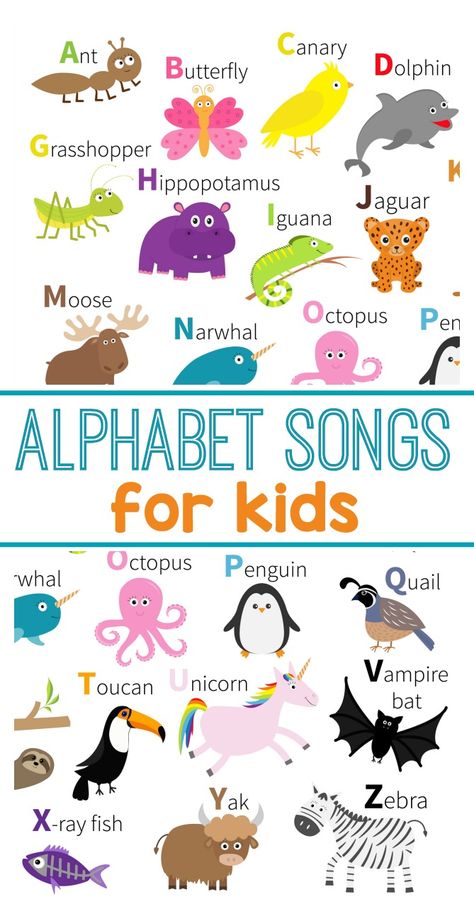
6 Ways To Help Your Child Master Letters
Is your child showing an interest in learning the alphabet? Are you unsure of the best approach to help them master letters? If so, you’ve come to the right place.
We have plenty of tips up our sleeves to help you teach your child the letters of the alphabet and, more importantly, have fun doing it!
Keep reading to learn why gaining an understanding of the alphabet is important in early development; plus, discover our favorite ways to practice this new skill.
The Importance Of Learning The Alphabet
Seeing letters in their written form can be confusing for young learners. Plus, aside from learning the letter names, you also want your child to connect the sound of each letter to its written form, as this is crucial for learning the alphabet in its entirety.
Knowing the sounds associated with each letter in the alphabet helps children build a solid foundation for a variety of tasks — from reading activities to writing activities —and helps develop confident learners.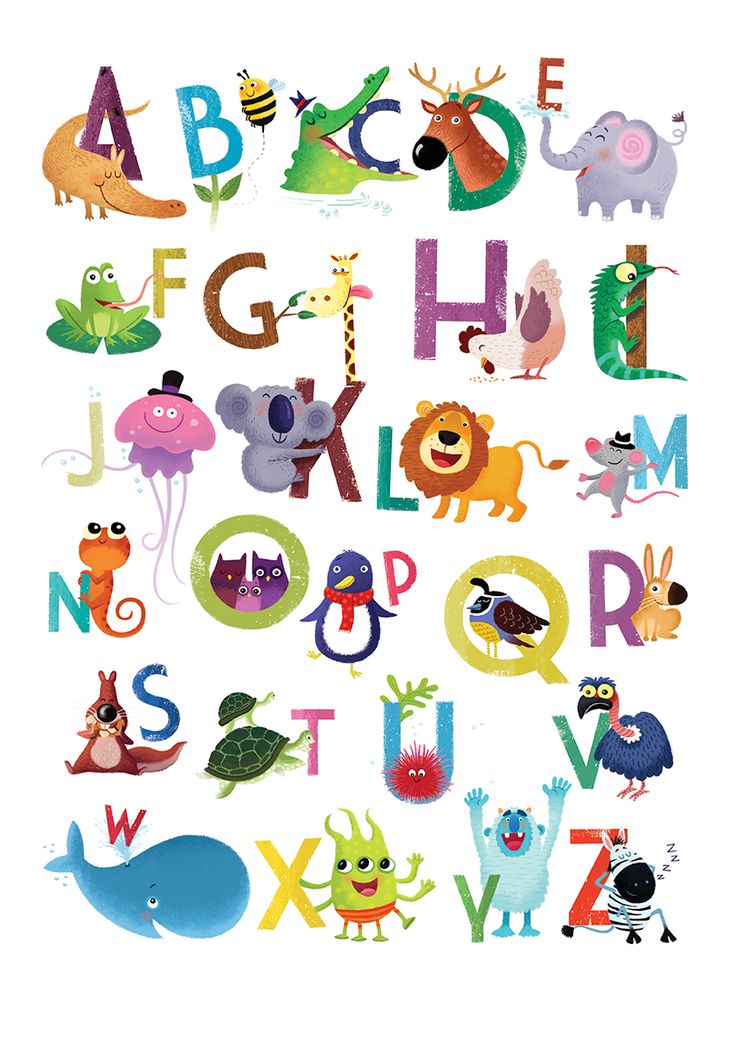
Children are often eager to learn the alphabet — after all, it’s a developmental rite of passage. For some children, this will come naturally. But, for others, it might not be as straightforward.
Children who are developing their working memory, or those who have weaknesses in their working memory, can find tasks such as learning the alphabet frustrating. While this might be disheartening to see, don’t worry! There are ways to overcome it.
Start working on the alphabet with your child early, around age two or three. If they seem uncomfortable rather than interested or they back off, it’s best not to rush them.
If this is the case, try sticking to simple activities — such as singing alphabet songs, reading alphabet books, and having magnetic letters available to play with — and hold off on more complex activities until they’re ready.
The key to making learning the alphabet a fun activity is to keep things playful and engaging! With that in mind, take a look below at our six favorite ways to help your child learn the alphabet.
6 Ways To Encourage Learning The Alphabet
1) Read Alphabet Books
Reading alphabet books with your child is a great way to expose them to the uppercase and lowercase versions of each letter of the alphabet. The more opportunities your young learner has to identify letters, the better!
Look for alphabet books that have bright, colorful pictures with the letters printed in a large, bold font to make it as simple as possible for your child to memorize.
Having each letter singled out and associated with a particular picture (for example, a picture of an apple for the letter “A”) helps children focus on one letter at a time.
Try reading alphabet books together at bedtime while you snuggle to help your child associate reading and learning with positive feelings. By starting your child’s reading journey in a positive way, you’re setting them up for success.
2) Learn The Letters Of Important Names
Since your child has known their name for some time now, it makes sense that one of the first written words they should learn is their name.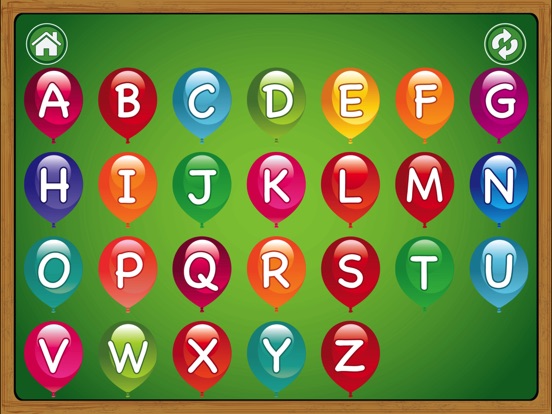
You can start by teaching your child the individual letters in their name. As they become more familiar with the written version of their name and they’re able to match the sounds to the letters, try adding the names of loved ones into the mix.
Family members like Mom, Dad, Grandma, Grandpa, siblings, and pets are a great place to start!
3) Choose A Letter Of The Day
As we mentioned earlier, the thought of memorizing 52 letters that each have an uppercase and lowercase version can feel very overwhelming — not only for your child but also for you.
It can be helpful to pick a “letter of the day” to focus your learner’s attention on. Try focusing first on letters with names similar to their sounds.
For example, the letter “B” and its sound are connected, whereas a letter like “H” is more difficult to grasp because it’s not pronounced the same or similarly to its name.
Once you’ve chosen your letter, see how many times you can spot it as you go about your day. Draw your child’s attention to street signs, words on food packaging, and phrases that come up in their favorite books or television shows.
Draw your child’s attention to street signs, words on food packaging, and phrases that come up in their favorite books or television shows.
Anytime you can incorporate learning the alphabet in a fun way and make a game of it, take advantage of the opportunity.
4) Play With Magnetic Letters
Magnetic letters are a great tool to incorporate into your daily routine when helping your child learn the alphabet.
Simply having a set of magnetic letters on your refrigerator is a good start, as your child will see them regularly. Plus, you can easily have your child practice reciting some of the letters throughout the day whenever you’re in the kitchen making a meal or snack.
For example, if you’re cutting up an apple for your child, you might ask them, “Apple starts with the letter ‘A.’ Can you find an ‘A’ on the refrigerator?”
Another engaging way to incorporate magnetic letters into learning is by hiding them in places your child might not expect and discussing the letter sound when they find it.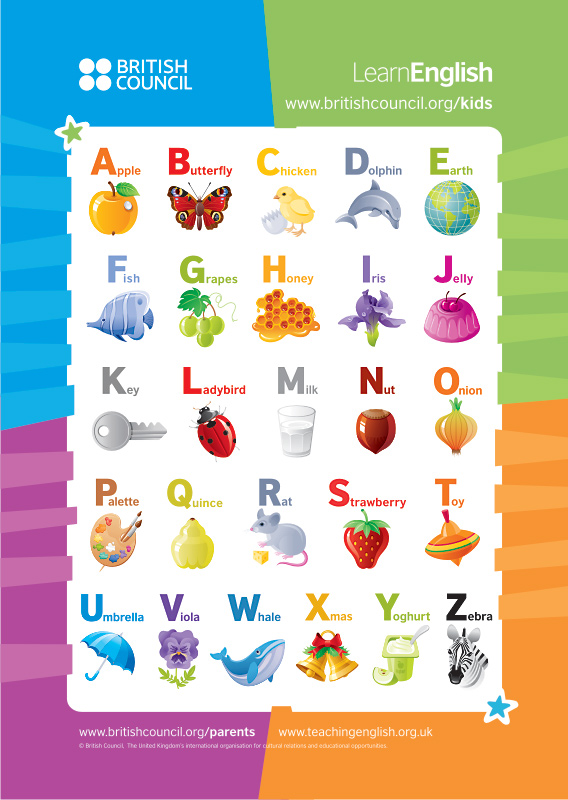
Try sneaking a letter into the cutlery drawer, onto their seat at the dinner table, next to their toothbrush — anywhere that they’re likely to come across it. When they notice it, make it a fun game by saying, “How did that sneaky letter ‘B’ get in there?”
Once your child is more familiar with particular letters, you might like to ask them what the letter is, rather than telling them. Try a phrase like, “Wow, that letter must be following you! Which letter is that?”
By repeating simple games like this, you can help your child recognize letters and remember their corresponding sounds.
5) Sing Alphabet Songs
In addition to the classic ABC song, there are many songs available on the HOMER Learn & Grow App as well as YouTube and Spotify that can help your child with learning the alphabet.
If your young learner has a favorite educational television show, try searching for songs featured on the show that incorporate learning letters and letter sounds.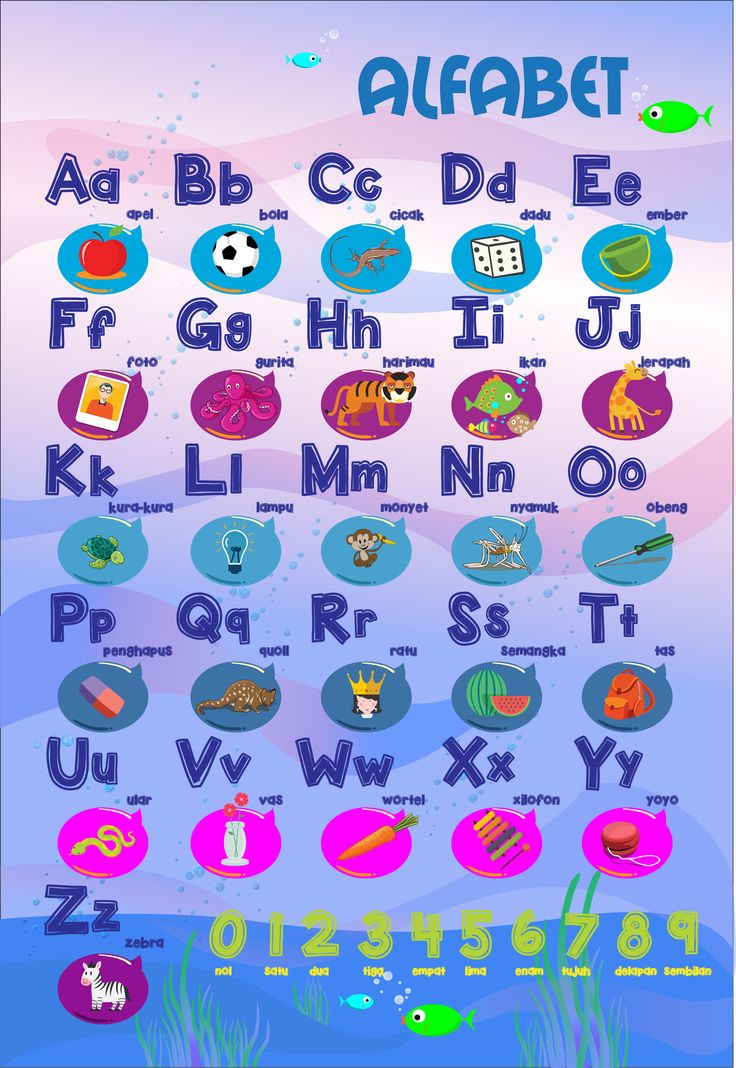
If you can’t find the perfect one, make up your own! You and your child will have a great time using silly rhymes and funny sounds to write an alphabet song. And if they’re involved in the process, it’s going to be a project they’re proud of and can’t wait to show off.
You could even come up with a dance to accompany your new song! This is a great chance to get creative with your child and enjoy some fun movement together as well.
6) Incorporate Your Child’s Favorite Toys
What child doesn’t love playing with their toys? Whether it’s trucks or dolls, incorporating your child’s favorite toys into their learning journey is a clever way to help them understand the alphabet.
For this game, you can use your magnetic letters or create your own by writing each letter on a small piece of paper.
If your child has a collection of toy trucks that they love, stick a letter onto the tray of each truck. As your child plays, you can ask them to move the “B truck” or the “C truck” from one place to another. This is great for practicing letter recognition.
This is great for practicing letter recognition.
You could also incorporate letter sounds into this activity by asking your child to drive the truck with the letter that makes a “buh” or “kuh” sound (for the letters “B” and “C” respectively).
If your child has a set of dolls they play with often, there’s no doubt they each have special names. Try sticking the first letter of each doll’s name onto the toy to help your child recognize and memorize the letters and letter sounds associated with each one.
This is also a good time to introduce the idea of using initials to recognize what belongs to us, as you would with a backpack for school.
Have Fun Learning The Alphabet With HOMER!
Learning the alphabet doesn’t have to be overwhelming or boring! With our fun activities listed here, from using songs and dances to incorporating your child’s favorite toys, you can both enjoy this part of the learning process together.
Remember to keep it up by practicing these activities throughout the day — repetition is a fantastic learning tool to help your child master letters.
To build on your young learner’s alphabet skills, our Explore Letters Kit is the perfect addition to your daily activities. Watch your child’s confidence grow as they develop their literacy skills through play on ABC Island!
Author
5 Ways to Learn the Alphabet Quickly and Easily with a 3-6 Year Old Child – Somersault
Before learning the alphabet with a child, it is important to understand what you are not going to do. Namely, learning to read. This is a more complex skill, so it is worth putting it off until the time when the child gets acquainted with all the letters and will confidently recognize them and write on their own. Until then, put off the alphabet and reading by syllables.
In this article, we have put together the basic principles to quickly learn the Russian alphabet with a 3-6 year old child in a playful way. For all games with letters, you can use plasticine, paints and any improvised means or magnetic letters - they will easily attract the attention of the child.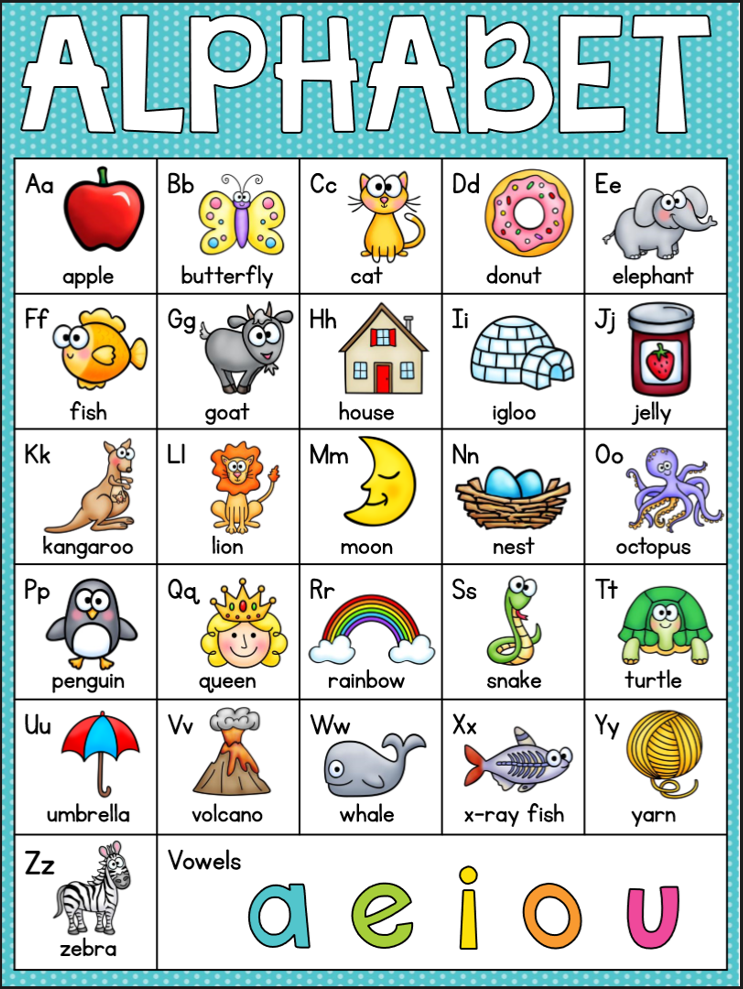
Contents:
- Learn the Alphabet Easily: Basic Principles
- 5 ways to learn the alphabet with your child
- From alphabet to reading
How to Learn the Alphabet Easily: Basic Principles
Each child can find an easy way to learn the alphabet that suits him or her, but there are basic principles that are important for all children. If you do not follow them, study will turn into drill and the child is unlikely to ever love to read. Here are a few such principles on how to properly learn the alphabet for a child.
- Learn sounds first, not letters . At the first stage of learning, it does not matter how the letters in the alphabet are called correctly. Now only sounds are important for the child - "d", and not the letter "De". The names of the letters will only confuse the child, who first needs to learn to recognize the shape of the letters and their sound.
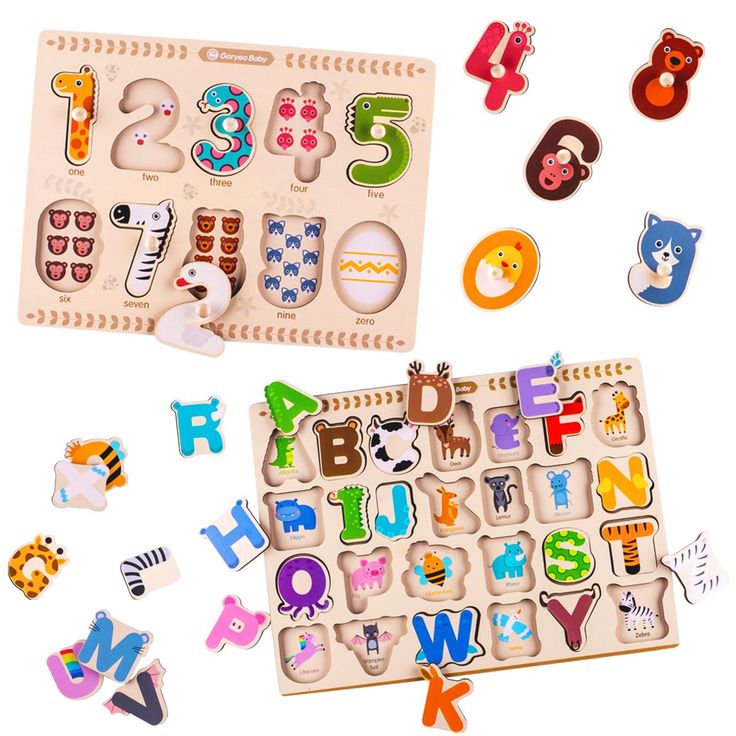
- Not learning the alphabet in the correct sequence . Until a child goes to school, it is of no use to him to know how the letters are arranged in the alphabet. This information will only distract him from what is really important: how the letters look and sound. The sequence of the alphabet can be learned later or even at school, where this knowledge will be tested by the teacher.
- Do not turn learning into a lesson . Learning from call to call is difficult even for children at school, let alone a baby. Therefore, all learning should take place in a playful way and not for long: 5-7 minutes a day to get acquainted with the letters will be enough. Gradually, this time can be increased, especially if the child likes the proposed games with letters.
- Use material objects . At the age of 3-6 years, the child learns the world by touch and taste. It is difficult for him to work with abstract letters spoken aloud.
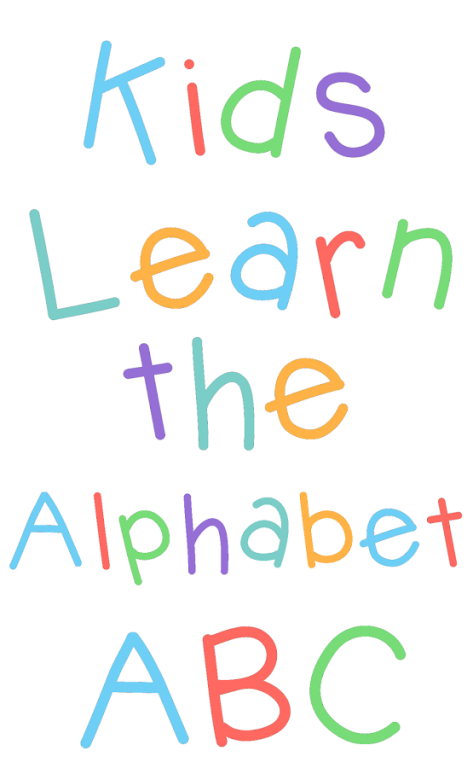 Therefore, it is better to stock up on plasticine and paints and create letters that are more understandable to the child and can be touched. Such a game for children will allow the child to learn the letters of the alphabet and he will recognize them in different forms regardless of what they are made of.
Therefore, it is better to stock up on plasticine and paints and create letters that are more understandable to the child and can be touched. Such a game for children will allow the child to learn the letters of the alphabet and he will recognize them in different forms regardless of what they are made of. - First vowels, then consonants . Vowel sounds are easier to pronounce, so it's worth starting with them.
The main thing is not to force anyone. If you see that the child is inquisitive, enjoys exploring the world and is ready to learn, you can move on to learning letters and the alphabet. So the child will be happy to learn the alphabet in a playful way and gradually learn to read. So that the game is not abstract, you can use the magnetic letters TUMBLING.
5 ways to learn the alphabet with your child
1. Use an interesting topic to study
Use your child's interest to spur his motivation to learn.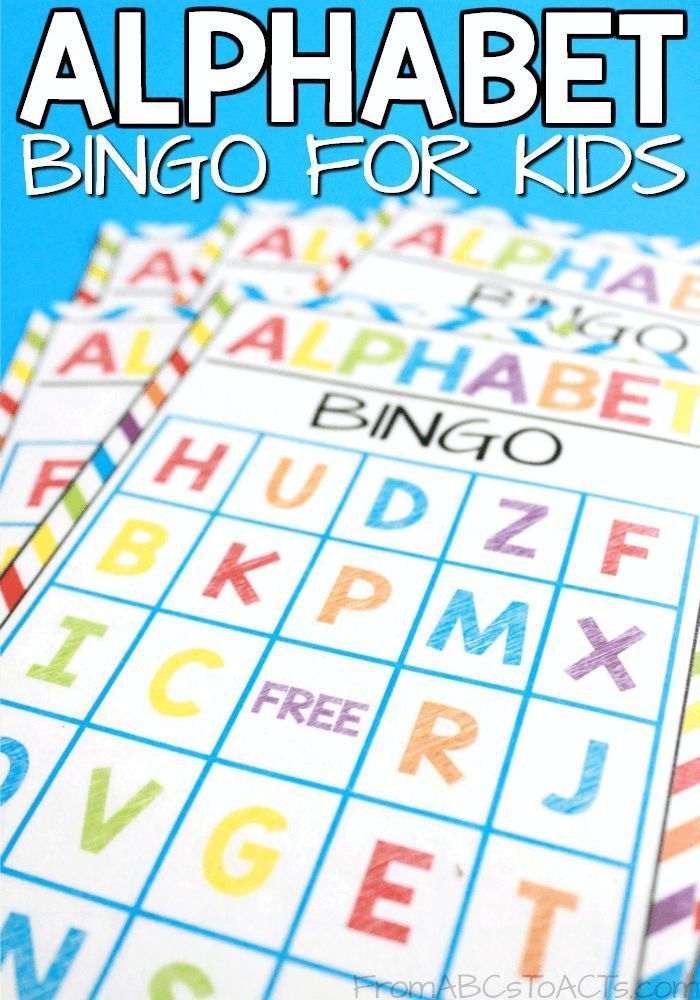 For example, if your kid is crazy about cars, let them be the topic in which you learn the alphabet. Use any words related to cars:
For example, if your kid is crazy about cars, let them be the topic in which you learn the alphabet. Use any words related to cars:
"A" - bus
"B" - trunk
"C" - driver, etc.
You can show cars and their parts, draw or sculpt from plasticine. It is important that the child's focus shifts from learning to doing what they love. Additionally, the method will help expand vocabulary and knowledge about the world.
2. Cross out a letter of the alphabet in the list
Fill in a small square with arbitrary letters. The task is to cross out only the letter that you are studying. This will help the child focus on one letter and not get distracted by the ones he doesn't remember or don't know.
3. Pulling the letters of the alphabet out of the pouch
The soft-touch magnetic letters are perfect for this method. Put the letters in a bag and give the child the task, without looking, to pull out only the letter that you thought of.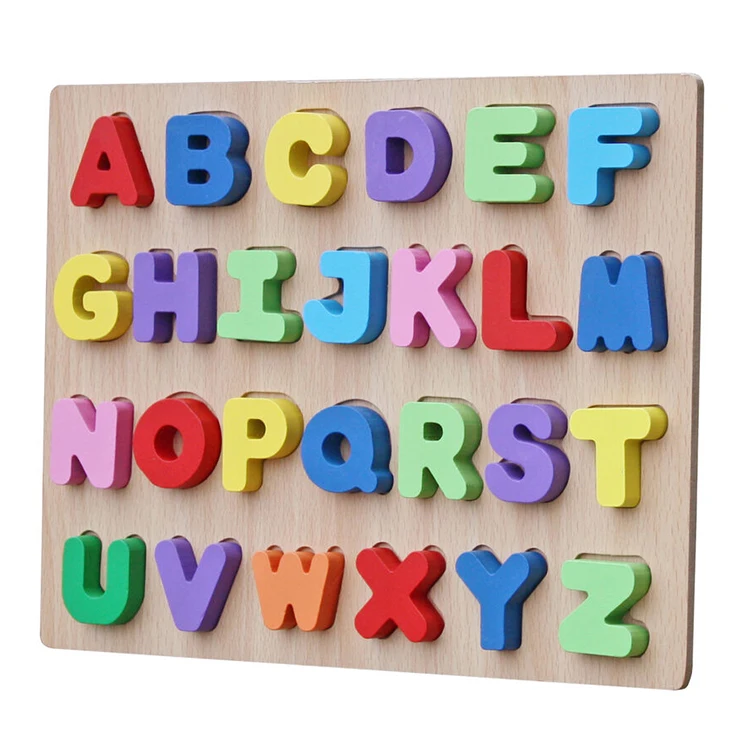 Let there not be too many letters in the bag, otherwise the child will get confused. 6-7 pieces will be enough. To start, use letters that are very different in shape, such as "O" and "M". Gradually, the complexity can be increased and searched among similar letters, for example, "K" and "X". Don't forget to praise and encourage your child. You can alternate the learning process with desktops.
Let there not be too many letters in the bag, otherwise the child will get confused. 6-7 pieces will be enough. To start, use letters that are very different in shape, such as "O" and "M". Gradually, the complexity can be increased and searched among similar letters, for example, "K" and "X". Don't forget to praise and encourage your child. You can alternate the learning process with desktops.
4. Recognize letters of the alphabet by ear
You pronounce a word, and if it contains a hidden letter, the child claps his hands.
With this game for kids, you can learn individual letters or the entire alphabet. For example, you name a word, and the child inserts its first letter into the insert frame. To stimulate your child's interest, you can use only words from his favorite topic, for example, the names of animals.
5. Guess words starting with the first letter
You choose one letter and think of a word that starts with that letter. For example, the letter "Z":
- What is this animal with big ears and loves carrots?
- Hare!
This game form is again suitable for learning individual letters or the entire alphabet.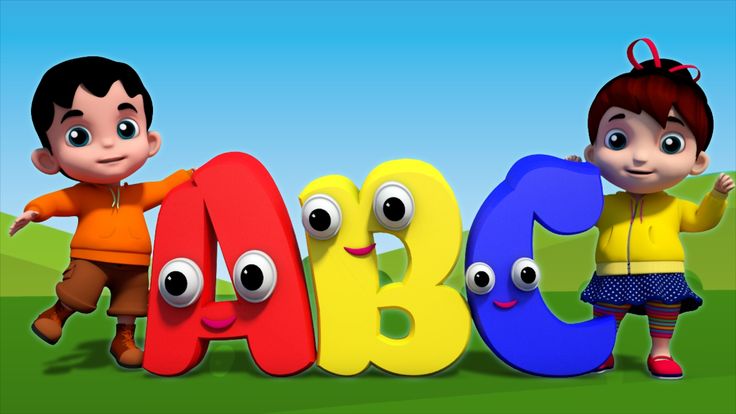 If you learn only one letter, the child gets used to quickly recognizing it in different words. And if you give words with different letters, the child as a whole learns to understand with which letter they begin. With the study of the account and the English language will also help TUMBLING.
If you learn only one letter, the child gets used to quickly recognizing it in different words. And if you give words with different letters, the child as a whole learns to understand with which letter they begin. With the study of the account and the English language will also help TUMBLING.
From the alphabet to reading
When a child learns the Russian alphabet, confidently recognizes all the letters in different words and can draw or mold them on his own, it is worth moving on to reading. Because you need to learn the alphabet just so that the child can read. If knowledge is not used, it will hang as an extra burden, and by the time school will be forgotten. Therefore, you should not learn the alphabet too early: at 3-4 years old, a child is simply not interested in reading books in order to learn something new. He is more interested when his mother reads. Conversely, by the age of six, the child will be glad to have his own books to read them himself.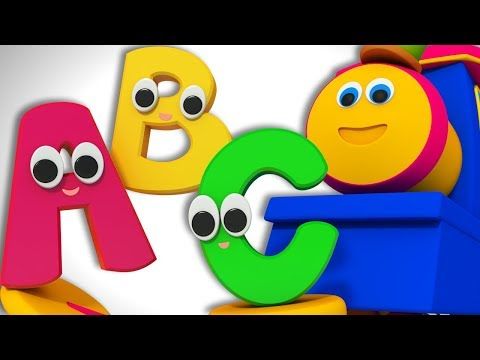
How to quickly learn the alphabet - learning letters with a child
Letters are all around us. The child sees them in books and magazines, on product packaging, in shop windows. He can't help wondering what it is. Over time, he begins to understand that adults can read, begins to copy his parents, having learned a poem or a fairy tale by heart, and pretending that he is reading a book.
Experts recommend teaching a child to read shortly before school, since at an earlier age his brain is not yet ready to perceive such information. You can learn sounds with it, learn to distinguish them in oral speech, start mastering the alphabet. This pre-letter period is very important, because thanks to it the child will be able to learn to read fluently and understand what he read.
At what age do you start learning letters?
Many parents are sure that a child's development should start almost from the cradle. But neuropsychologists warn that learning letters and numbers before the age of 3 is harmful.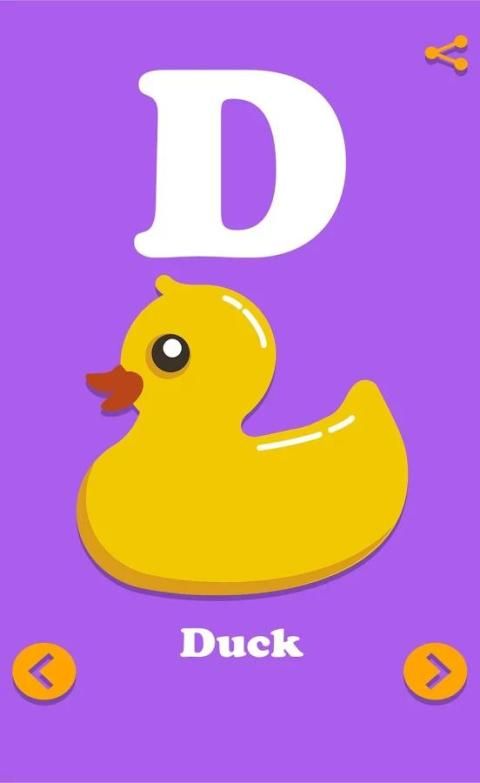 At this age, the emotional and sensory sphere should be formed. If we force a child to learn, then we violate the laws of brain development, which can have negative consequences.
At this age, the emotional and sensory sphere should be formed. If we force a child to learn, then we violate the laws of brain development, which can have negative consequences.
No specialist will tell you that at the age of 3 or 4 a child should know all the letters. Of course, if you wish, you can force him to learn the alphabet, but this will not be useful, but, on the contrary, can harm. The brain is ready for reading most often by the age of 5-6, and only in 20% of babies - by 4-5. Before this time, it is not worth studying letters.
But this does not mean that you can forget about the development of the child. At 3-4 years old, you need to work on the development of speech, teach the baby to ask and answer questions correctly, pronounce words, and study the world around him. You need to work on fine motor skills, teach him to dance, form a sense of rhythm, and so on.
These are the recommendations. However, all children are different. If a child has shown a sudden interest in letters, it means it's time to start learning.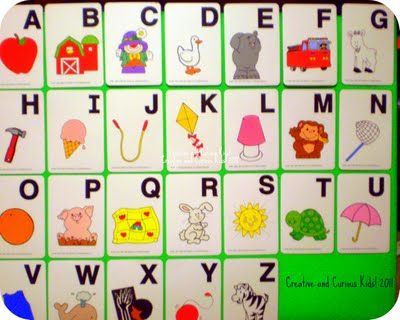 And it does not matter if it manifested itself late, for example, at 6 years old. The child should want to read, only after that you can study with him.
And it does not matter if it manifested itself late, for example, at 6 years old. The child should want to read, only after that you can study with him.
Psychologists note several signs that indicate a child's readiness for learning:
- The child perceives well what he has read by ear and can tell what the book is about.
- He knows how to build phrases, pronounce all sounds.
- Interested in what is written in a children's magazine, book or poster.
- Pretends to read, imitating adults.
If all these signs appear, you can start classes. You can’t put pressure on a child, force him to study, bribe him (“learn the letters - I’ll give you a chocolate bar”) - this will not achieve anything.
In those cases where the interest in letters appeared early, there is no need to give up classes. But do not overload the baby, work with him for no longer than 7 minutes, classes do not have to be done every day, you can take breaks of 2-3 days.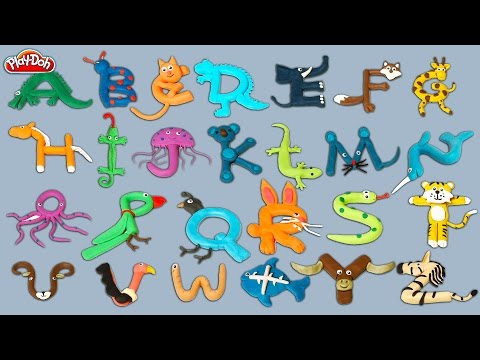
How to start learning the alphabet?
The child began to show interest in letters. No need to immediately load it with knowledge, cramming the alphabet. Move a little. The easiest way for children to remember the first letter of their name. Explain to him what this letter is, what it is called. You can ask him to find this letter in the text. Gradually, he will learn to highlight it, will pay attention to it. The first step has been taken.
Parents now trust their children's education to various children's tablets, phones and other similar toys. Remember that they are teaching letters, not sounds. Toddlers need to be taught precisely sounds, so it will be easier for them to master reading.
A letter is a graphic representation of sound, each has its own name. But learning to read, knowing only the names of the letters, is very difficult. Imagine that the child will need to read the word "ball". How will he do it? Just as he was taught: "beael".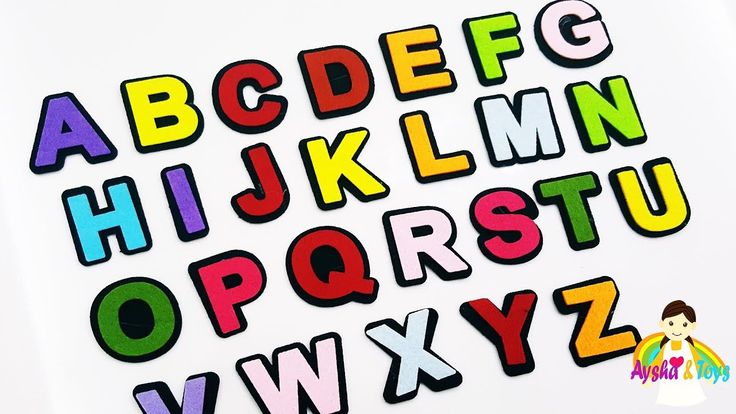 And all because he pronounces letters, not sounds.
And all because he pronounces letters, not sounds.
It is better to start learning with sounds, pronouncing them with the child. Parents themselves should not confuse sound and letter. Sound is what we hear. A bumblebee buzzes - this is a sound, a hammer knocks - this is also a sound. But far from all sounds we can get words. If we clap our hands, the sound will appear, but the word will not.
You can create a word from special sounds called speech sounds. Make sure that the child does not confuse the letter and sound. Explain to him that a letter is an icon that can be seen in a book or drawn on paper. Letters can be seen with the eyes and sounds can be heard.
General recommendations for teaching a child
If you decide to work with a child, remember the basic rule - he should be interested. You can't force him. At this age, the easiest and most accessible way of learning is through the game.
It is difficult for kids to concentrate, to sit in one place for a long time, so classes should be short, 5-10 minutes each.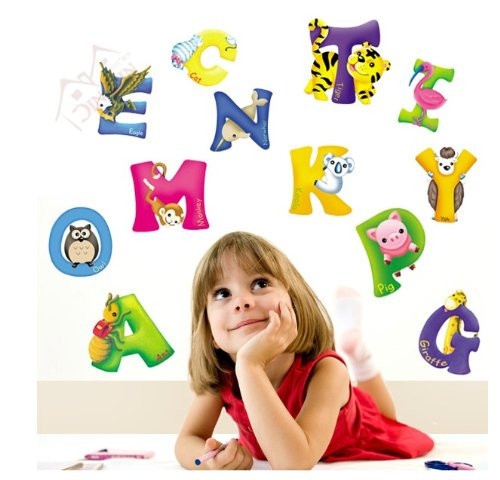 As soon as you notice that he has become bored, switch to something else. If he forgot everything that you went through, do not get annoyed, repeat again until he remembers. If you overload your child with information, he will develop an aversion to learning.
As soon as you notice that he has become bored, switch to something else. If he forgot everything that you went through, do not get annoyed, repeat again until he remembers. If you overload your child with information, he will develop an aversion to learning.
At an early age, a child develops visual-figurative thinking, and only then - abstract-logical. This means that it is useless to draw letters on paper or a board. So you can't learn them. For him, it will be just a set of dashes.
The child needs a visual association. For example, if you are learning the sound "a", you can show him a picture of a watermelon or any other item that starts with that letter. Stock up in advance with soft cubes with letters, bright cards, coloring books, beautiful colored primers.
Do not learn letters in alphabetical order. It is better to start learning with vowel sounds. The letters that are most often found in speech are studied first, then you can move on to rarer ones.
How to learn vowels?
First, explain to your child that all words are made of sounds, just as houses are made of bricks.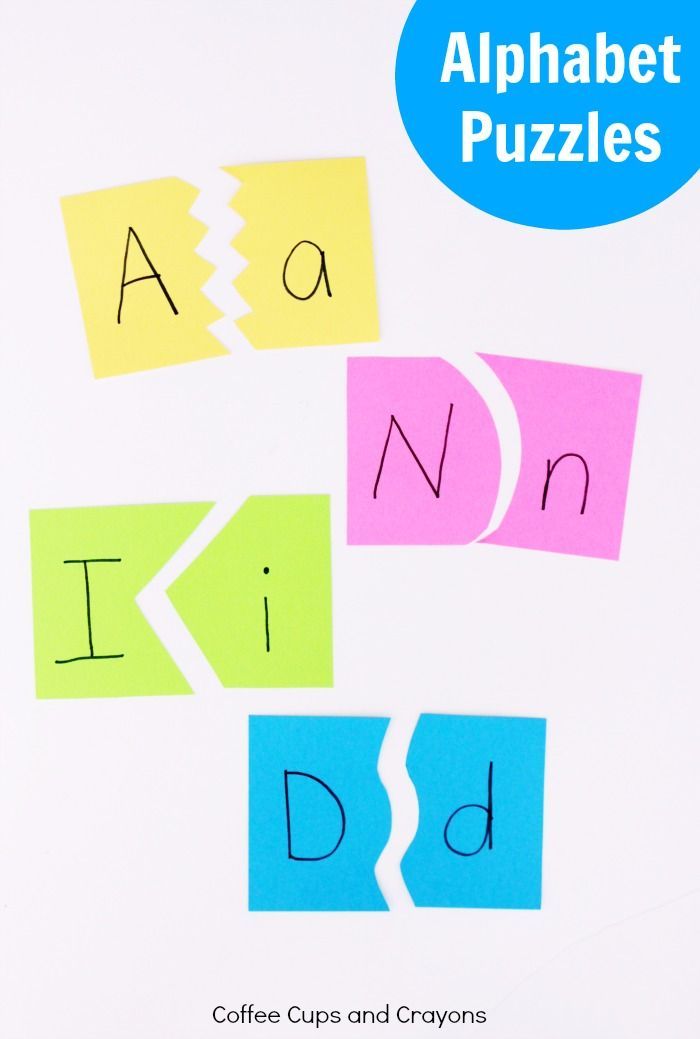 The more sounds in a word, the longer it is. After that, you can proceed to the study of sounds.
The more sounds in a word, the longer it is. After that, you can proceed to the study of sounds.
Start with "a" . You can show the baby pictures that show objects whose names begin with this letter. Draw with him the mouth that makes this sound, note how we open it wide. Let him try to name the words that begin with this letter. Do not overload the child: 1 lesson - 1 letter.
Try to consolidate the acquired knowledge. So you go to the kindergarten, you saw a pharmacy, let the kid try to find the letter that you studied. Bought a children's magazine, see if the title has the letter "a" . You can mold a letter from plasticine or dough, cut it out of paper. You can lay it out of sticks or sand.
It will be much easier for you to captivate your baby if you always have blocks with letters, bright books, cards at hand. You can sing a song about a letter or listen to a cheerful verse.
So, study all the vowels one by one. At the end, you can explain that the sounds that you have already learned are called vowels.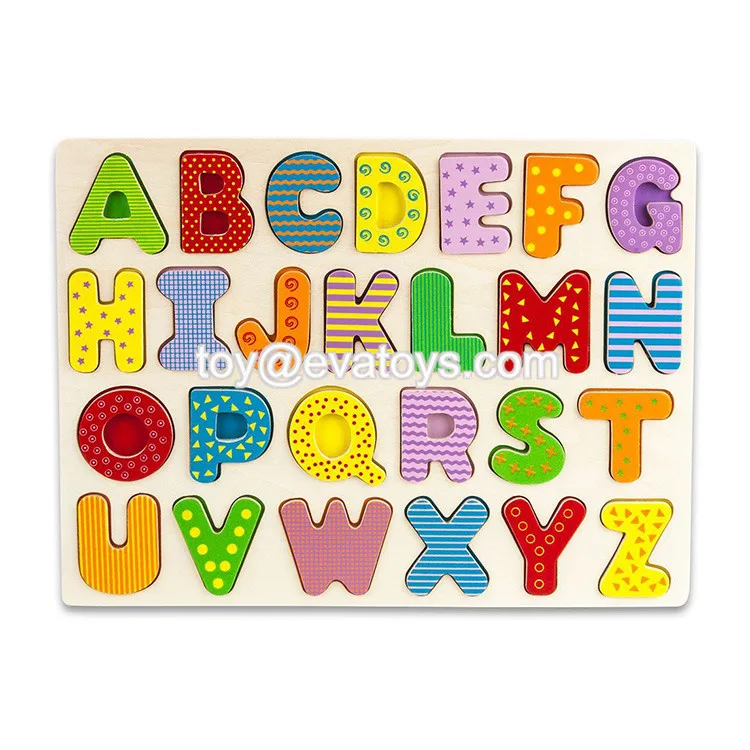 These are sounds that can be sung. Try to sing together "a-a-a" or "u-u-u" .
These are sounds that can be sung. Try to sing together "a-a-a" or "u-u-u" .
Remember that we have 6 vowels ( a , o , y , e , s , and ) and 10 vowels. The letters i , e , i , i consist of 2 sounds. It is better to postpone the study of the latter for later, because there is no sound "i" , i is a letter consisting of 2 sounds. Do not confuse the child so that later educators and teachers do not have to retrain him.
How to learn consonants?
After you have learned the basic vowels ( a , y , and , o ) you can move on to the consonants. You need to start with the simplest consonants ( b , p , m , n , t , g ). And here again we remember that we are teaching the child sounds, not letters. We know what to say0005 em ", " en ", " be ", but children don't need to know this yet. The child must learn that this is the sound " mm " or the sound " nn ". After the baby learns simple consonants, you can proceed to the study of hissing.
And here again we remember that we are teaching the child sounds, not letters. We know what to say0005 em ", " en ", " be ", but children don't need to know this yet. The child must learn that this is the sound " mm " or the sound " nn ". After the baby learns simple consonants, you can proceed to the study of hissing.
Just like with vowels, knowledge needs to be consolidated. Children may confuse letters. To prevent this from happening, play associations. You can ask the children to think of what this letter looks like. Look for objects on the street that resemble this letter. For example, you walked past the horizontal bar, it is shaped like the letter " p ", or look at the doorway, also resembles " p " in shape. Fold it out of pencils, look for it in store signs.
Alphabet Learning Methods
There are several popular methods for teaching children to read and memorize the letters of the alphabet. You can use them, especially since specialists worked on them. But, no matter what method you work with, it is important to remember that your classes should not resemble lessons at school.
You can use them, especially since specialists worked on them. But, no matter what method you work with, it is important to remember that your classes should not resemble lessons at school.
Children at this age should play and get the information they need through games. Therefore, after a short training part, immediately proceed to an interesting, gaming one. Creative activities are also very useful, with the help of which you not only study letters, but also develop the child’s fine motor skills, improve his drawing and coloring skills, and strengthen the ability to use scissors.
Games and game exercises
There are a huge number of game exercises that will help you consolidate knowledge. We will give a few examples.
1. Find words with the right sound . You need to prepare cards that show different objects. The child must choose among them those in which there is a studied sound. First, you can simplify the task: ask him to find words that begin with this letter.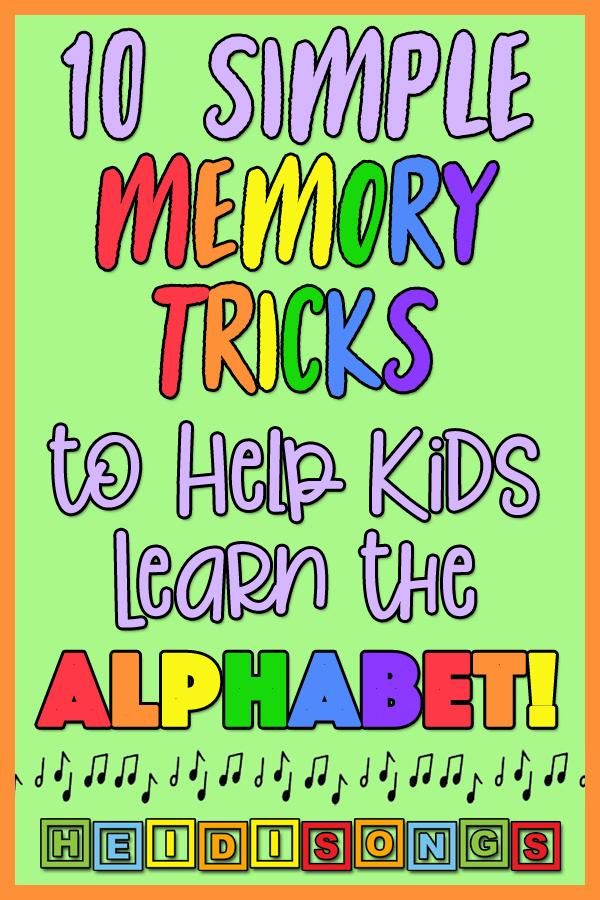
2. Catch the sound . To stretch a little, mother and child walk around the room. Mom calls different words. As soon as the child hears a word with the desired sound, he stops and claps his hands.
3. Think of the word . Ask your child to come up with as many words as possible with a certain sound. You can do this in turn, for example, first the mother calls the word, then the baby.
The task needs to be complicated, that is, the sound can be not only at the beginning of the word, ask him to come up with a word in which this sound will be at the end or in the middle. For example, you are learning the sound "a". First, you select words that begin with this letter - apricot, orange, then those that end in "a" - Moscow, jellyfish or contain the sound "a" in the middle - mosaic, eye.
4. Determine where the sound is hidden. You need to draw a simple word scheme: three squares connected to each other. Each square denotes its own: the beginning of the word, the middle and the end. Put this word scheme in front of the child, give him a chip.
Put this word scheme in front of the child, give him a chip.
You name different words, and he must show on the diagram where the sound that you pass is located. For example, if you called the word "watermelon" (you can show a picture), the child must put the chip in 1 cell, and if the word "fox" - then in the 3rd cell.
5. Ball game . An adult throws a ball to the child and calls different words. If they have a letter being studied, he catches the ball, if not, then he does not catch it. To begin with, you can use words in which this letter is at the beginning, then complicate the task, that is, it can be in the middle or end.
Author's methods of learning the alphabet
There are several recognized methods of teaching reading, each of which can be devoted to a separate article.
Zaitsev's cubes
The basis of Zaitsev's technique is a game, that is, children just play with cubes (there are 52 cubes of different sizes in the set) and at the same time learn to read without making any effort.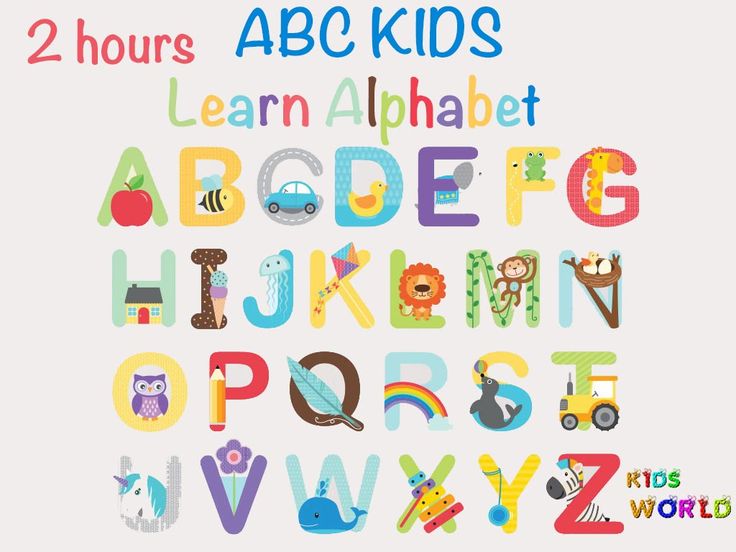 These games can be started from 6-12 months old, but up to 2 years old they are used like regular blocks, and children after 2 years old can start making words.
These games can be started from 6-12 months old, but up to 2 years old they are used like regular blocks, and children after 2 years old can start making words.
Zaitsev's main unit is a warehouse. It can consist of a consonant and a vowel, or a single letter. The basis of this method is the warehouse principle of reading. In addition to cubes, a large warehouse table is also used.
This technique has many advantages, the main of which is that any child can be taught to read. But there are also disadvantages, for example, over time, children will have to be retrained, because they remember that letters are indicated by one color, and the teacher enters his own colors, for example, red is a vowel. In addition, the child is used to the fact that words are divided into warehouses, and not into syllables. Yes, the benefits are very expensive.
Doman's cards
The neurosurgeon Glen Doman developed his technique for children with CNS disorders, but then it was also used to teach healthy kids.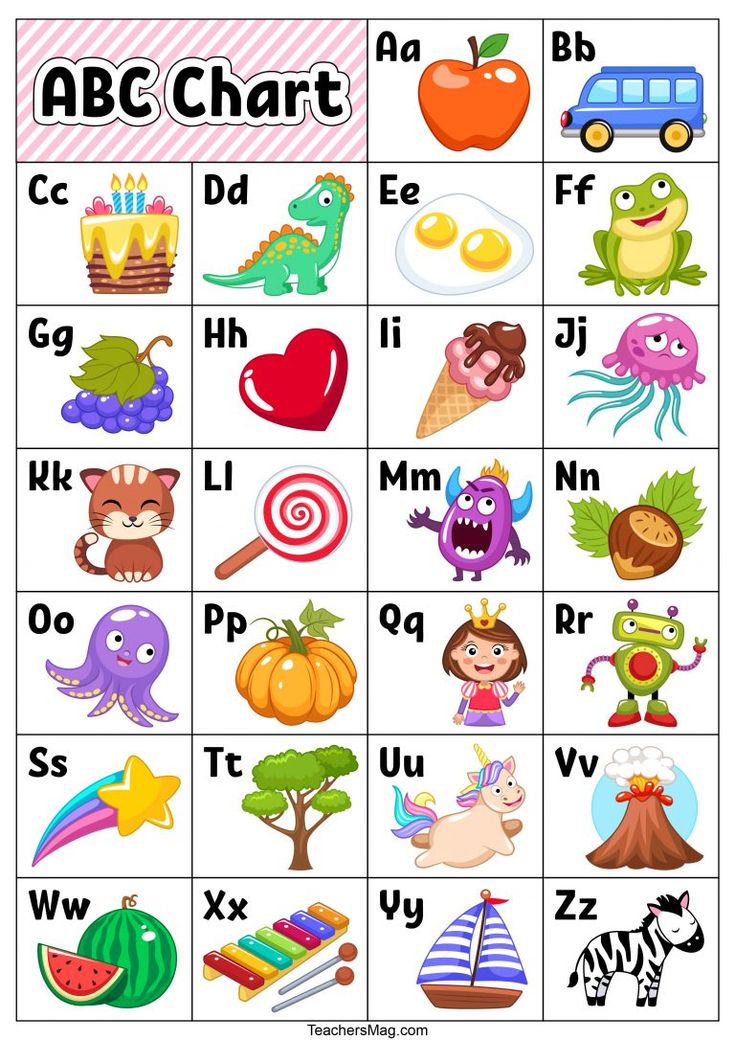 He recommends teaching children to read not by letter, but by words, since letters mean nothing to him, and words have real designations.
He recommends teaching children to read not by letter, but by words, since letters mean nothing to him, and words have real designations.
For this, whole words are written on the cards in large print (at least 7-10 cm), for example, “mother” or “dad”, which must be quickly shown to the child, voicing each word. With the help of this method, even a small child can be taught to read. Training is necessarily carried out at an early age; after 5 years, the Glenn Doman method no longer works.
Olga Soboleva's Methodology
The principle of this training is based on the "two-hemispheric" work of the brain. The teacher tries to use the dominant type of memory, that is, the material is divided into 3 groups: for kinesthetics, visuals and auditory.
Many of its techniques are also used by ordinary teachers when teaching traditional methods to make it more interesting for children to study. Well suited for creative children and parents, it is not recommended for families where logic and structure come first.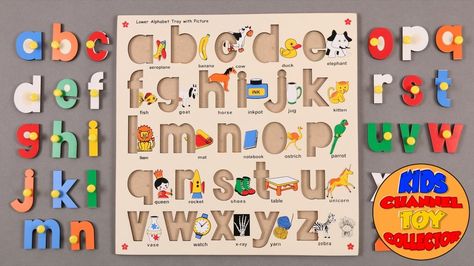
Polyakov's method
Its author came up with 7 steps of learning to read, 70 lessons in total. Each lesson is detailed. They are held in the form of a game, take no more than 10 minutes. Stages 1 and 2 are the study of letters, warehouses, reading in warehouses.
Sergei Nikolaevich Polyakov himself, unfortunately, is no longer alive, but his work was continued by his son, as well as teachers who practice this method. If you wish, you can purchase books that describe in detail how to conduct classes, as well as video files with examples of classes.
Creative exercises
To reinforce the acquired knowledge, it is useful to conduct creative activities. For example, you can make a beautiful alphabet together. We studied the letter - cut it out of cardboard. It is better to choose a dense material. If it is difficult for the baby, you can help him, and the child will decorate - attach beads, groats, sequins, beautiful fabric, etc. to it.
to it.
When you have collected the entire alphabet, you can decorate the children's room with it by connecting the letters into garlands, or hang it on the Christmas tree instead of toys. You can cut out paper blanks for letters, and the child must fold the whole letter from these parts.
Preschoolers love to draw and color. You can buy coloring books with letters, he will color them and remember what kind of letter it is. Or ask him to draw with felt-tip pens on paper, with chalk on a blackboard what you have already studied. But at this age, children should not be taught writing, this should be done by teachers in elementary school. The only thing you can teach your baby is to write in block letters.
If you are baking pies, ask your child to make familiar letters out of the dough. You can sculpt from plasticine or clay, decorate figures with cereals or peas. These activities will not only distract the baby from the TV, but also help develop fine motor skills.